Long before I started blogging about gardens, my own and those of others, I visited public gardens in every city I found myself–I used to sit down with the local telephone book; now my iPad miraculously organizes all a city has to offer. A recent trip to Sacramento left me some open time and my tablet provided a few smaller garden suggestions that looked as though they might be a perfect fit for my limited touring time. The WPA Rock Garden’s story turned out to be much more a tale of what wasn’t there rather than what was.
The WPA Rock Garden is a scant one acre tucked between Fairytale Land and the Duck Pond north of the Sacramento Zoo in William Land Park. The Works Progress Administration was a Depression-Era work relief program put into place in 1935 by Franklin D. Roosevelt as part of his New Deal. The WPA put unemployed craftspeople to work on projects to improve communities all over the country–their efforts often recognizable by the use of indigenous building materials, commonly the local stone. The WPA Rock Garden was constructed in 1940 as a place of quiet respite within the park.
The first challenge was recognizing the garden–no signage was evident. I had seen photos of a lovely sign erected in the late 1990s but I clearly missed it. The meandering rock work, the signature of many WPA projects, was my only clue that I was in the right place. Not surprisingly, the garden was in poor condition at the end of a very hot and dry summer.


I found my way in via this path. The hillside gradually slopes up to the back of the zoo (chain link fence).

There was virtually no color to be found, even among the scruffy stands of native and non-native drought tolerant plantings. You see all of the color I saw except some white oleander just too high to photograph.


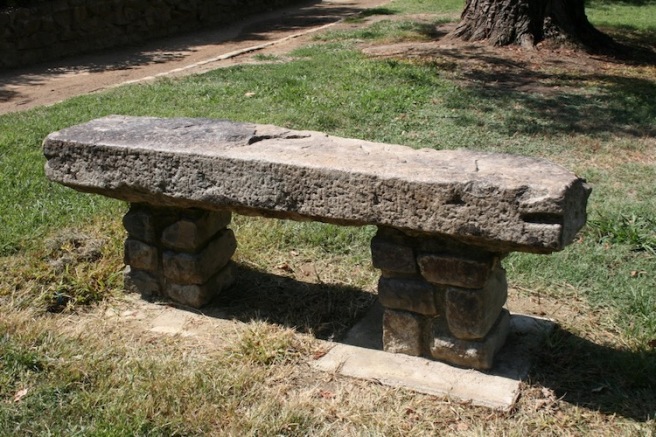
There were a number of bench areas to relax. I enjoyed a respite from the 95 degree heat on the shaded curved bench, closed my eyes and could envision what this garden could have been and still could be with its pleasing layout, meandering paths and multiple vistas.

Sort of by accident I found myself at what I think is intended to be the entrance to the garden.
A monument to Charles Swanston, one of the late 1800s pioneering businessman of Sacramento sits on a knoll to the back of this grassy area. I assume at some point water filled the pool at its base and then flowed down this rock raceway. Dry as a bone now, just like the rest of the garden.

This cooling view is directly across the street from the garden and the memorial to Mr. Swanston–known to residents as the Duck Pond.
It was in my research into the Swanston monument that I was drawn into a more recent history of this once remarkable garden space. If you Google WPA Rock Garden and just look at the IMAGES you will see a garden that bears no resemblance to the garden I visited. Exuberant bursts of color pop from mixed evergreen and deciduous backdrops. Stands of herbaceous and woody perennials line the paths. Blooming vines scramble over the pergolas and children pose standing atop large rocks. Where was THIS garden–what happened here? Numerous newspaper articles, magazine articles and blog posts, mostly from the early 2000s to about 2012, extol the pleasures of this unique space. I even find a feature article filled with photos in Pacific Horticulture from April 2005–PH is pretty much the gold standard of horticulture publications for me. It was from these articles that I learned the real secret of the WPA Garden and her name is Daisy Mah.
Like many WPA era projects, the original garden declined once funds were depleted and the area remained neglected for decades. Horticulturalist Daisy Mah started her career with the Sacramento Department of Parks and Recreation in 1980 as the lead for the McKinley Park Rose Garden. After tiring of the monoculture of the rose garden she transferred to the William Land Park in 1988 and took the WPA Garden on as her own. At that time it was little more than an overgrown patch of ivy. Her first vision was that of a rock garden filled with alpine plants. The realities of Sacramento’s hot dry climate set in and she recognized that drought tolerant plants from the Mediterranean climates of the world would have a greater chance of success. This was pretty radical thinking in the late 80s and early 90s when public gardens (and many home gardeners) were all still living in a pretty starry eyed world of roses, hydrangeas and bedding plants—and we thought water was a never ending commodity. Over the ensuing 25 years Daisy Mah created and maintained the garden so beautifully represented in all those articles. In October 2013 Daisy Mah retired, moving on to travel and I am sure other garden pursuits. The last 4 years have not been good for many gardens in hot and dry California and public gardens in my state are under special scrutiny to be good stewards of resources. Daisy’s garden has surely suffered the loss of her passion, vision and daily ministrations.
Check out these two links for great photos of the WPA Rock Garden at its finest.
http://www.gardensforgoldens.com/2012/09/29/inspiration-from-the-wpa-rock-garden
http://www.pacifichorticulture.org/articles/daisy-may-and-the-wpa-garden
Exploring the history of Sacramento’s WPA Rock Garden has affirmed for me the importance of local gardeners taking on the advocacy role for their community garden sites–they are living symbols of our never ending efforts to surround ourselves with nature’s beauty. The WPA stone structures endure and offer a template from which a garden may rise again. We all need a little help sometime!




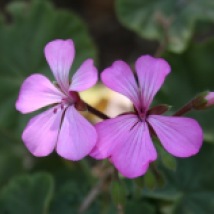



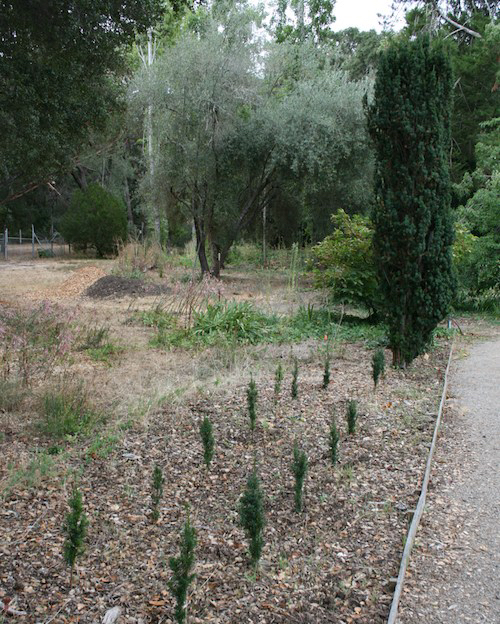


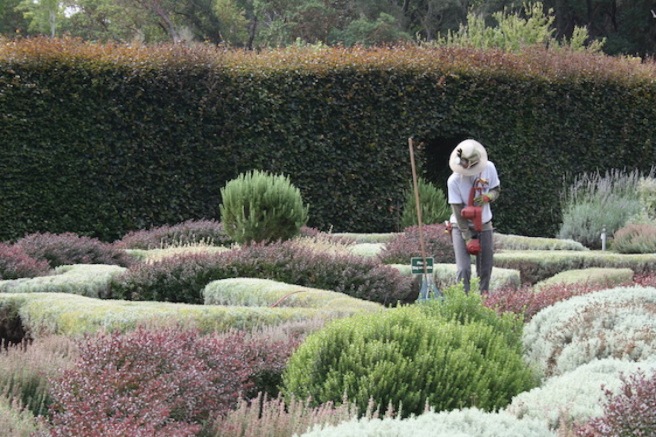


























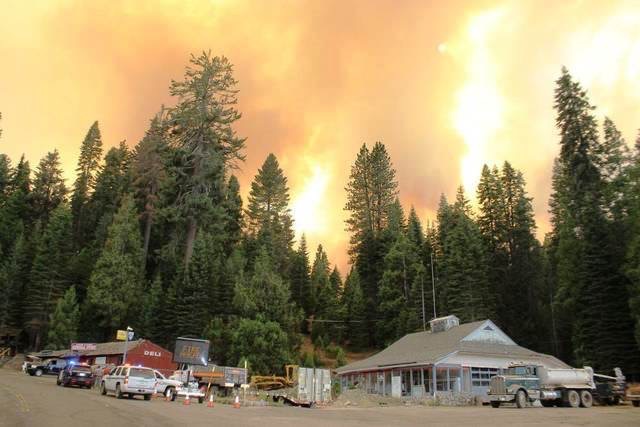


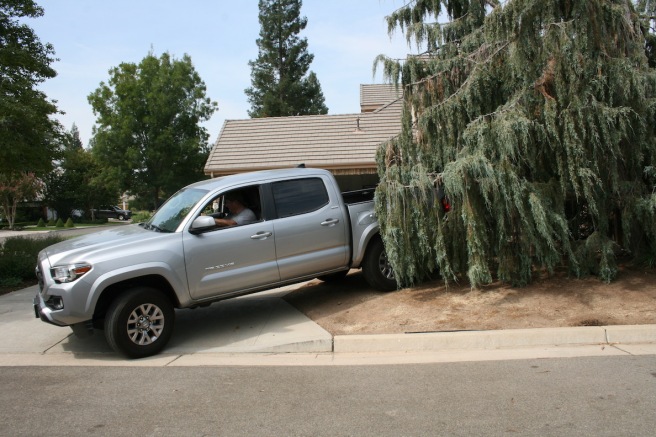
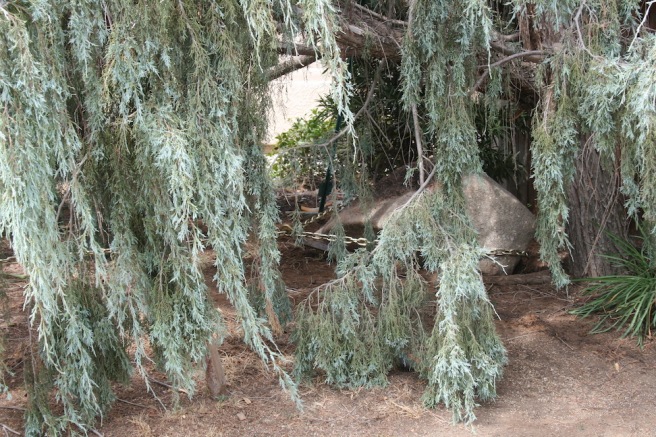


 Woo-hoo!
Woo-hoo!
 A man, a chain and a rock–now that’s a love story, huh?
A man, a chain and a rock–now that’s a love story, huh?